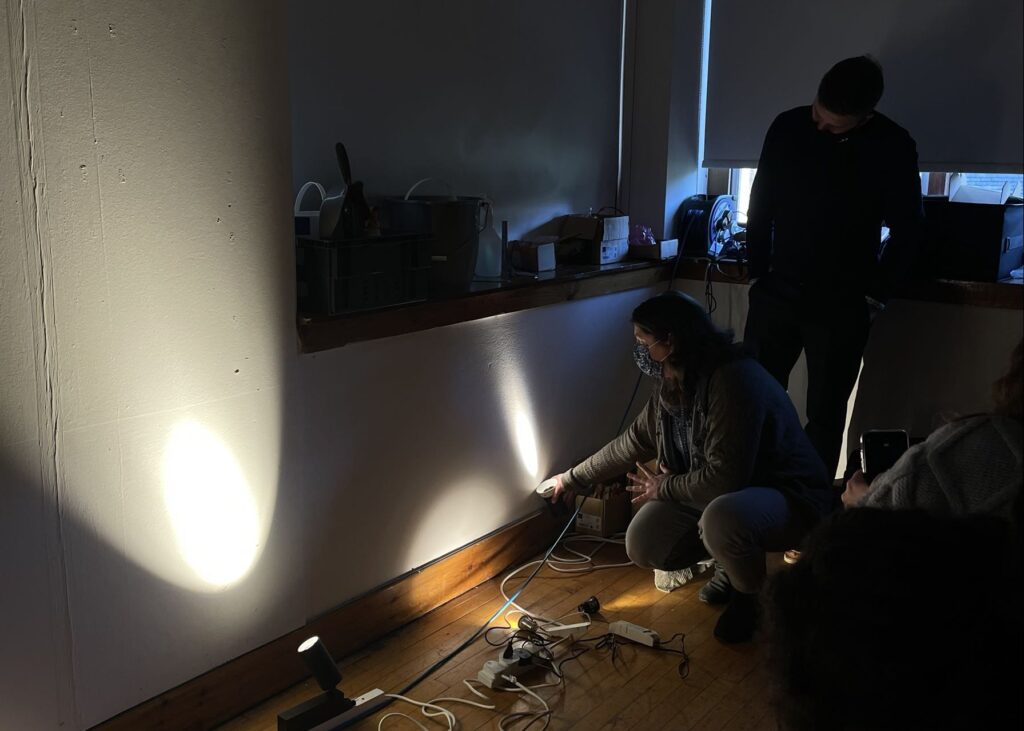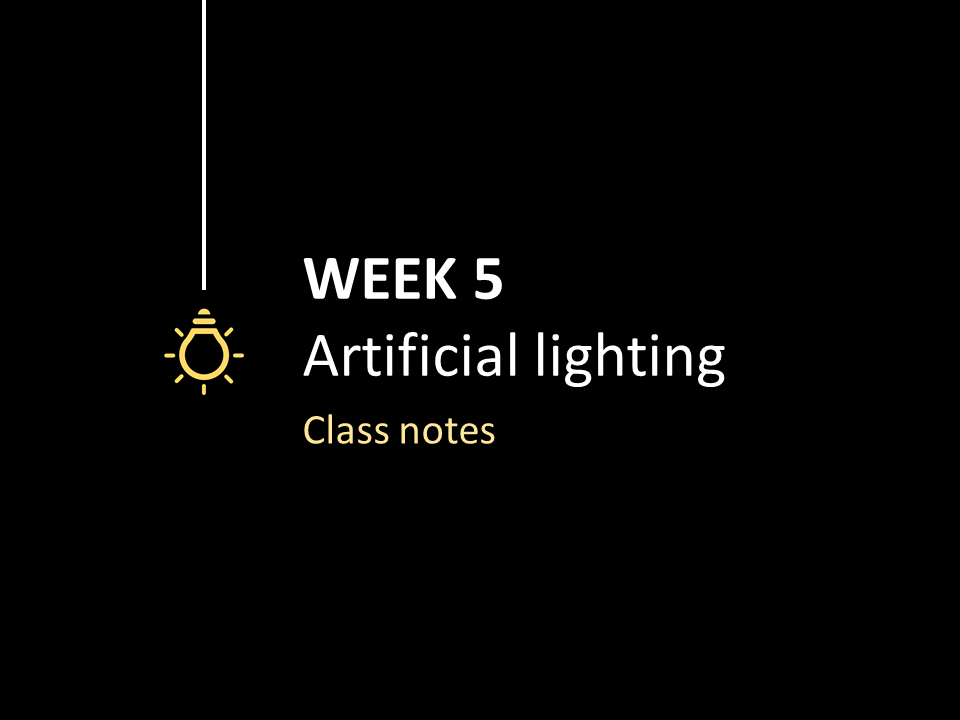Weekly review
This week I learned about the different colours of light in artificial lighting. We got a teacher who works in lighting design for this important session. He introduced quite a lot of lights to us, and we gradually understand the colour of light, the quality of light, and the commonly used colour of light. Lighting different objects with different colours will make the surface of the object change to another colour. Different colours of light can also give a very different impression. The colour and temperature of the lighting also play a big role in commercial spaces, for example in supermarkets where lighting that illuminates fruit and vegetables in a more vibrant way is used.
For the first time, I learned that artificial lighting can affect one’s perception of time(Warm colours: time is overestimated, Cool colours: time is underestimated). It can even affect one’s physiological circadian rhythm, a really great real example–Philips ‘wake-up’ light.
Although the coloured lights are quite beautiful, as designers, we need to make these clear: the need for coloured light, the connection with the design story, the aim for using coloured light, saturated colour or colour mixing or shades of white. In this lesson, I was introduced to many different types of lighting and it also showed me that the lighting I knew in class was really just the tip of the iceberg of lighting design. As a designer there are millions of options for lighting, in my opinion, what I need to do is not to understand the millions of types of lighting in the world, but to understand the need for lighting, the temperature, irradiation range, intensity, size, etc., and to choose the type of light in relation to the effect I want to achieve in my design.
Class photos

The artificial light showed in class

Teacher’s demonstration: the contrast between warm and cold lighting and different coloured backgrounds

Teacher’s demonstration: the same objects and backgrounds by changing the colours we can see different effects of the colouring objects and shadows
I used to think that colour was just a material property on the surface of an object, but it turns out that light is able to change these physical material properties to bring a whole new visual experience to the human eye, which is a disruptive experiment for me.
Want to continue my journey in week 5?
For more posts on this week, please click here.



Leave a Reply